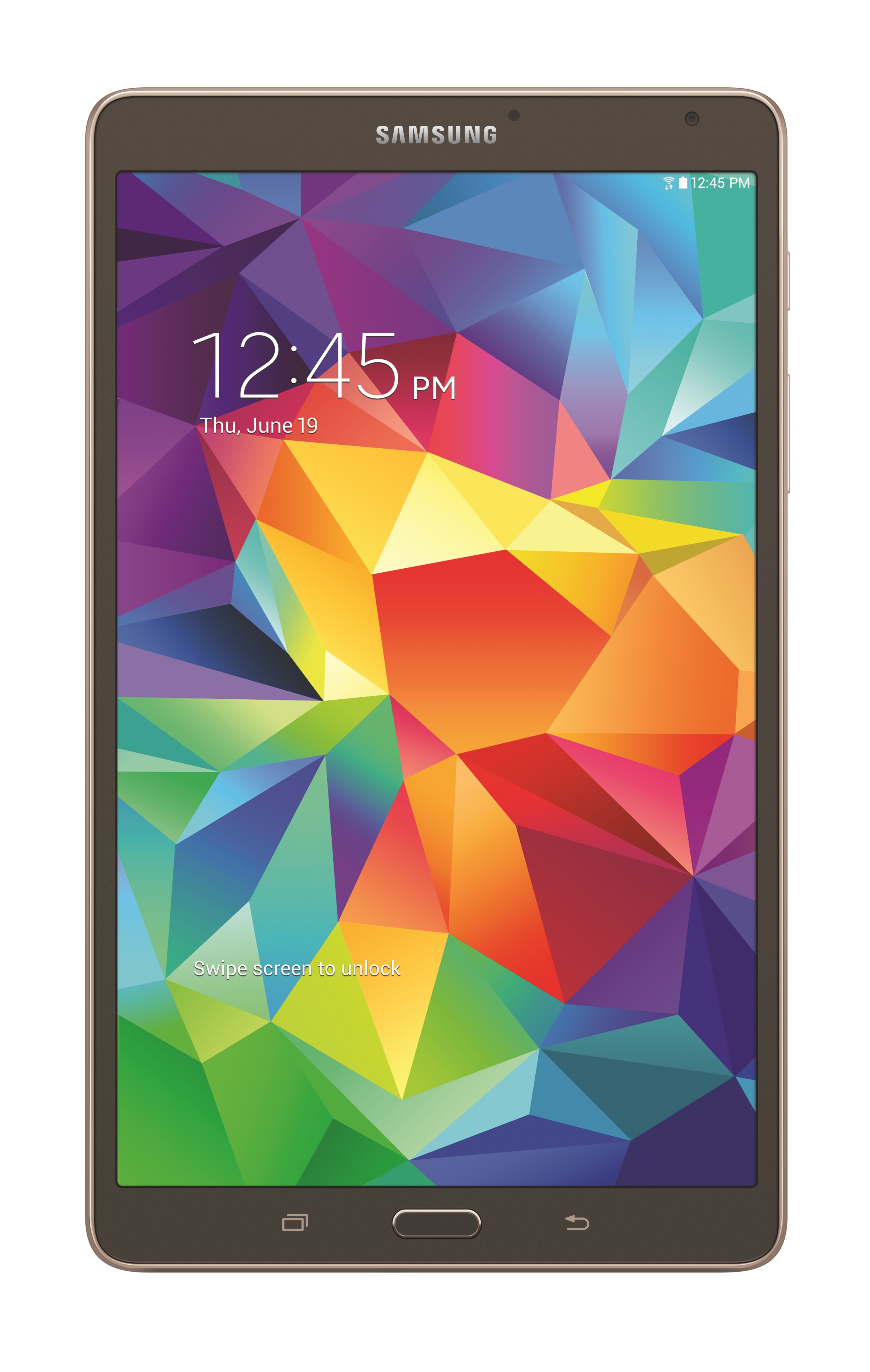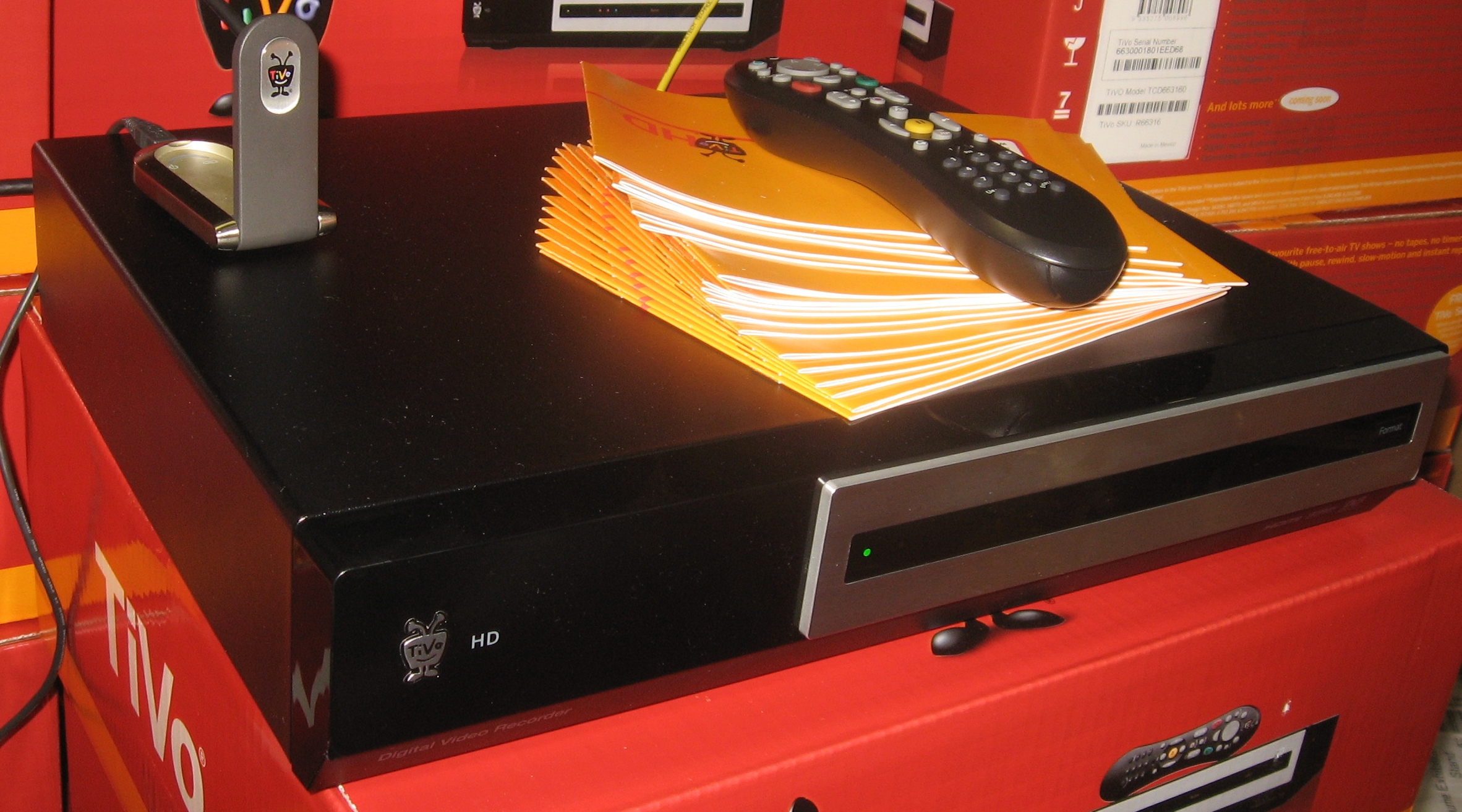Article
The Future Of TV Is Two Screens, One Held Firmly In Your Hands | Fast Company
My Comments
There is something that is becoming a reality with TV. It is where our TV-viewing sessions are involving two screens – one large screen carrying the main video and one smaller screen that we are holding in our hands.
This has been brought about by the popularity of the tablet, laptop and smartphone which are serving the second-screen role.
Some of us may think it is just for checking email or the activities of our Facebook Friends or Twitter followers. But a fair bit of this activity is to do with the content itself.
For example, one could be using GetGlue, Fango or other TV-related social networks to find out who is watching this show and what others have to say about it. Similarly, one could be checking the show’s Website and looking at other information and commentary that exists there. These are activities that may not work well on the big screen.
Similarly, most big-screen applications cannot support multiple concurrent logins for social-network or similar uses; and they are typically require “pick’n’choose” or “SMS-style” text entry.
In the case of news, a good quote for this is that “the revolution doesn’t have to be televised”. Here, one could be checking other news resources to verify the veracity of a news story, which can be very difficult during election time. This is augmented through comment feeds and Tweet feeds that are set up during news events like the one I participated in during the UK parliamentary inquire in to the News Corporation phone hacking scandal where I was dropping Tweets in to the feed from a Fujitsu laptop that I was reviewing. Similarly the scoreboard apps that I have mentioned about previously could simply work as an always-live scoreboard display during a sporting event and some sports like cricket or racing may benefit from these apps further by displaying supplementary scores like track position or bowling scores.
Of course, the commercials as we know them will be hamstrung by the two-screen viewing experience. This is more so as the traditional goal of eyeballs at the screen during ad breaks is reduced more. Here one could be following up information on the second screen while the ads play on; as well as visiting the kitchen or bathroom or stoking up the log fire. But the information that one could be following up on can relate to what was in the TV program; or it could be to follow up on something that was advertised during that ad break or a previous ad break.
As I have noticed and observed, this concept of two-screen TV is hard to adjust to for some people, especially the older generation who are more interested in focusing directly on the screen. It may be us simply glancing down at that smartphone or tablet so we can know further what is going on with some events.
I see this as becoming an interesting chain of events as we integrate in to an online and highly-interactive media-consumption life.


